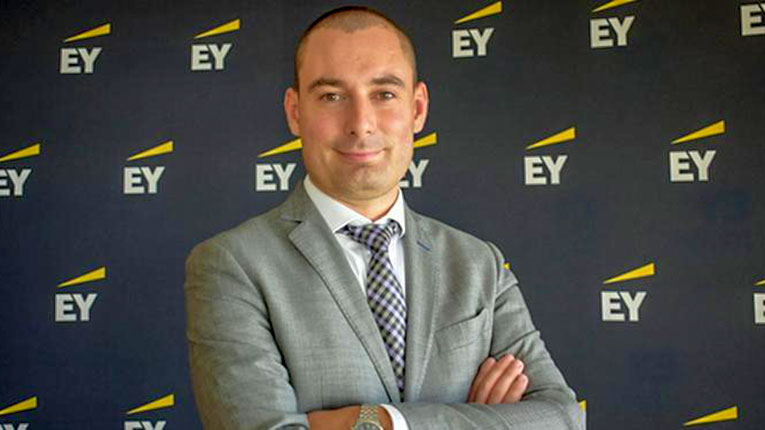Markets around the world need to modernize and expand their infrastructure to support a smooth global transition to renewable energy, says Mihai Drăghici, Director, Consulting, EY Romania.
The ideal locations for renewable energy assets tend to be different from those of existing units, which use fuels to generate energy, with the greatest potential often concentrated in places far from the energy grid, for example in coastal or rural areas. The use of renewable energy production and the future expansion of networks must also take into account local weather conditions and emerging technologies and energy sources such as green hydrogen.
“Therefore, a 50% increase in global grid investment may be needed over the next decade to achieve long-term sustainability goals, according to the International Energy Agency. Investments in the nearly 7 million kilometers of transmission lines around the world will be crucial to support the continuous transport of increasing amounts of renewable energy and to manage the volatility of supply and demand,” says Mihai Drăghici.
The role of investments in networks in the global energy transition
Given the scale of the necessary expansion of networks around the world, it will be crucial for regulators to review authorization, regulatory and funding policies so that obsolete network systems do not become a major obstacle to the net zero race.
“Romania, as an EU Member State, has access to a wide variety of opportunities to meet its sustainability objectives, including significant financial support for both infrastructure development and renewable energy production. Given the complicated context of the national and regional markets (the danger to energy security, the imbalance between supply and demand and the reintroduction of fossil fuels due to rising prices), a rigorous capacity assessment and considerable support for the energy sector and infrastructure are needed to properly mitigate climate change and make the transition to sustainable, clean energy,” says Draghici.
One example of the series of measures that Romania can benefit from is the Trans-European Networks for Energy, a policy that aims, among other things, to increase the installation of smart grids to help integrate renewable energy and allow consumers to better adjust their consumption, while inherently contributing to the EU’s emission reduction targets. This framework also aims to integrate isolated regions that do not have access to European energy markets.
At the same time, the National Recovery and Resilience Plan intends to support investment projects aimed at reducing greenhouse gas emissions, including the development of a renewable gas distribution infrastructure (by using natural gas in combination with green hydrogen), as well as green hydrogen production capacity and the construction of a gas distribution network to enable the transport of green hydrogen. The funding needed for such a project is estimated at EUR 515 million.
“While some projects are more ambitious than others, the multiple EU funding mechanisms, to which Romania has access, will reveal many opportunities for our country in terms of infrastructure and renewable energy production, and market players, private and the public, are very interested in taking this step. It remains to be seen what proportion of local investment will be directed to network investment.”

